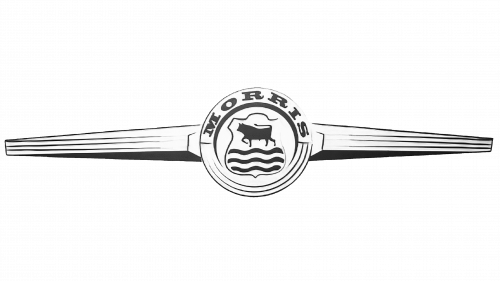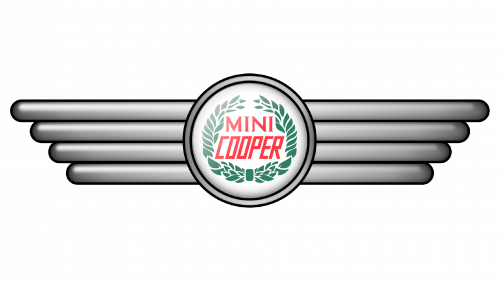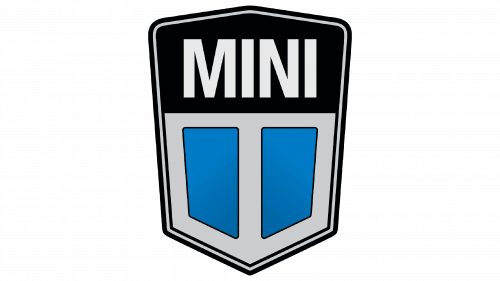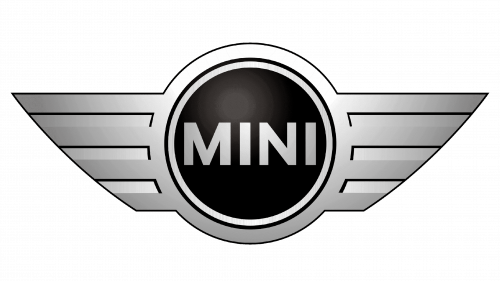Mini Logo
Mini is a brand specializing in developing the legendary small passenger car, which has been produced for more than 40 years without any significant changes. Mini became a cult car. It was owned by many celebrities, including the royal family, the Beatles, and Enzo Ferrari, who had several of them. The brand made station wagons, vans, and convertibles, not to mention dozens of anniversary series. It also won in various competitions, including first place in the overall standings of the Monte Carlo Rally. Time passed, but these cars did not lose their popularity.
Meaning and History
The history of the company began in the late 40s when John Cooper registered the Cooper Car Company, where he began the production of compact racing cars. He created the Mini Cooper with Alec Issigonis, the appearance of which back in 1959 was very successful. In 1961, a more powerful version of the Mini Cooper, designed by a Formula 1 racing team, appeared. It was now purchased by wealthy people as well. It was renamed the Rower Group in the mid-80s. By 1994, the entire Rower Group was sold to the BMW concern. Due to a drop in demand, the Mini car is no longer produced since 2000. Today, the Mini brand is not forgotten as modern remakes of the original (NewMini) have appeared.
What is Mini?
Mini is a small car brand originally owned by the British Motor Corporation. Nowadays, the Mini can no longer be considered an affordable car, as it became a prestigious brand. The plans of automakers do not include the termination of production of a “mini” car, which means that it will travel on the roads of different countries for a long time.
1959 – 1962
This emblem gave birth to the iconic Mini emblems it is instantly recognized by. It features a circle with two elongated, relatively thin wings on both sides of it. The whole emblem is done in silver, which gives it a touch of glamour and, at the same time, is often associated with innovative technology. Around the top of the circle, it says “Morris”, which is a manufacturing facility located in Oxford. The other was in Birmingham and carried the name Austin Seven. In the center, there was an image of a bull and waves at the bottom.
1962 – 1969
This design had a lot in common with the original one. The center element got a silver frame that had a thin black outline on both sides. It was white with a gray shadow on the outer edge to give it volume. The circle featured a red “Mini Cooper” inscription decorated with a green laurel wreath. The wings were also changed and now had the same thickness and volume. There were four “feathers” with the top one being the longest and the bottom one the shortest.
1968 – 1969
This is a simplified variation of the earlier version. It is black and white, which gives it a more serious look appropriate for a car that participates in races and is bought by wealthy people. The circle was made larger, while the wings got shorter. There is no volume either. Instead, the center is solid black with just a thin white followed by a black line for a border. “Mini” is printed in large white letters using a simple, serif font. The white color of the wings gave them lightness, while the black outline added the necessary contrast.
1969 – 2001
This is the only non-winged emblem. It has a shield shape with a black upper portion and silver and blue lower. The upper part has “Mini” written in all uppercase, light gray letters. The lower is split in half with a silver border outlining two blue geometric shapes. The logo looks professional and inspires trust.
2001 – 2018
The wings were brought back and the 1968 version got a modern, sleek touch. The shadows and highlights gave the emblem a 3D appearance. The wings along with a border around the circle were now silver. The feathers were spaced apart. The space between each was also silver and looked like it was indented. A sharper shape of the wings created a striking effect. “Mini” was done in a similar style, although the letters were all uppercase and did not have serifs.
2018 – Today
The designers went for a more minimalistic version again. The color palette was black and white again. However, they preserved sharply cut wings that created a straight diagonal line and spaces between them. The circle now had only one thick black outline. The updates made the emblem look timeless and sophisticated.
Font and Color
Although there was a period when the company used red, green, as well as blue elements in its logos. The predominant colors were white, black, and silver. The company used custom fonts, but they looked quite basic and featured straight strokes and letters that were sometimes embellished with small slab serifs.


















